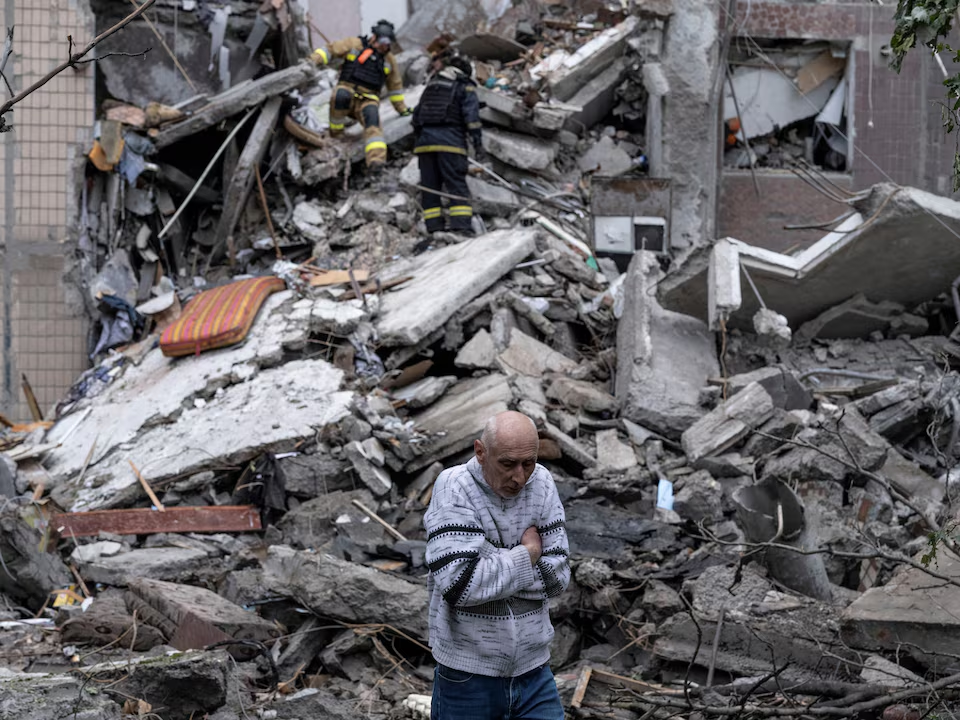On May 7, 2025, the Vatican initiated the sacred process of electing a new pope, as 133 cardinal electors convened in the Sistine Chapel. This conclave follows the death of Pope Francis last month and marks a pivotal moment for the Roman Catholic Church, which encompasses 1.4 billion members worldwide.
The conclave commenced with a solemn procession into the Sistine Chapel, where the cardinals took an oath of secrecy beneath Michelangelo’s “The Last Judgment.” Archbishop Diego Ravelli, the Vatican’s master of ceremonies, then declared “Extra omnes!”—Latin for “Everyone out!”—signaling all non-participants to leave before the doors were sealed.
The election process requires a two-thirds majority to select the new pontiff. Traditionally, only one ballot is cast on the first day, with up to four ballots on subsequent days. The outcome of each vote is communicated through smoke signals: black smoke indicates no decision, while white smoke, accompanied by the ringing of bells, announces the election of a new pope.
This conclave is notable for its diverse composition, with cardinals hailing from 70 countries, reflecting Pope Francis’ efforts to broaden the Church’s global representation. Among the potential successors are Italian Cardinal Pietro Parolin and Filipino Cardinal Luis Antonio Tagle, often referred to as the “Asian Francis” for his progressive views and pastoral approach.
To maintain the conclave’s confidentiality, the Vatican has implemented stringent security measures. The Sistine Chapel has been equipped with advanced anti-surveillance technology, including signal-jamming devices and drone detectors. Additionally, the cardinals’ residence at Santa Marta has been secured, with all occupants cleared and communication signals weakened to prevent information leaks.
As the world awaits the announcement of the new pope, the conclave’s outcome will shape the future direction of the Catholic Church, balancing the legacy of Pope Francis with the diverse perspectives of its global leadership.
Source; Reuters


